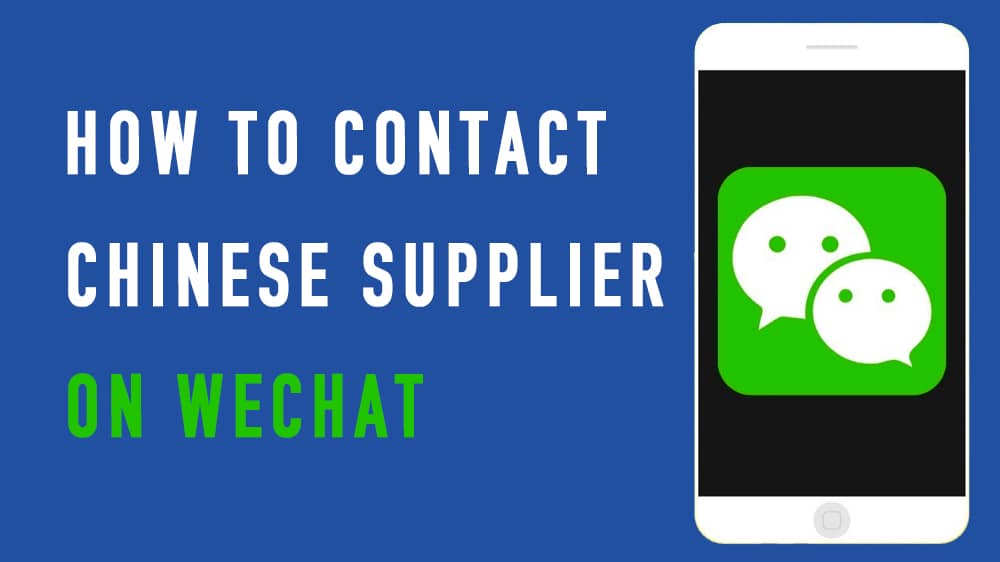
Whether a global company or a luxury brand, you will find that almost all of them source their products from China. Therefore, to get the benefits of sourcing products from China, you will need to learn how to contact Chinese suppliers.
Did you know that one of the best ways to contact Chinese suppliers is to use an app called WeChat? I created a quick guide to using WeChat to contact your Chinese suppliers and some communication tips for you to choose from.
What Is Wechat?
WeChat also can say the Chinese version of Whatsapp and SMS. It is a multipurpose application developed by Tencent Holdings Ltd, and first released as Weixin in China on January 21, 2011. It was then renamed WeChat in 2012 for international markets.
Today, it is one of the leading and most used apps in China, with over 1 billion active user accounts. This number is three times the population of the United States. You can use it to contact your friends in China, and perhaps more importantly, your Chinese suppliers.
How to Use WeChat?
Everyone in China uses WeChat. Because WeChat is a convenient and easy-to-use application, it offers a simple interface. After getting all the settings for your order, you can easily contact your Chinese suppliers.
So, where do I get WeChat? Here, we will guide you step by step on how to register and use it.
Step 1. Download and install
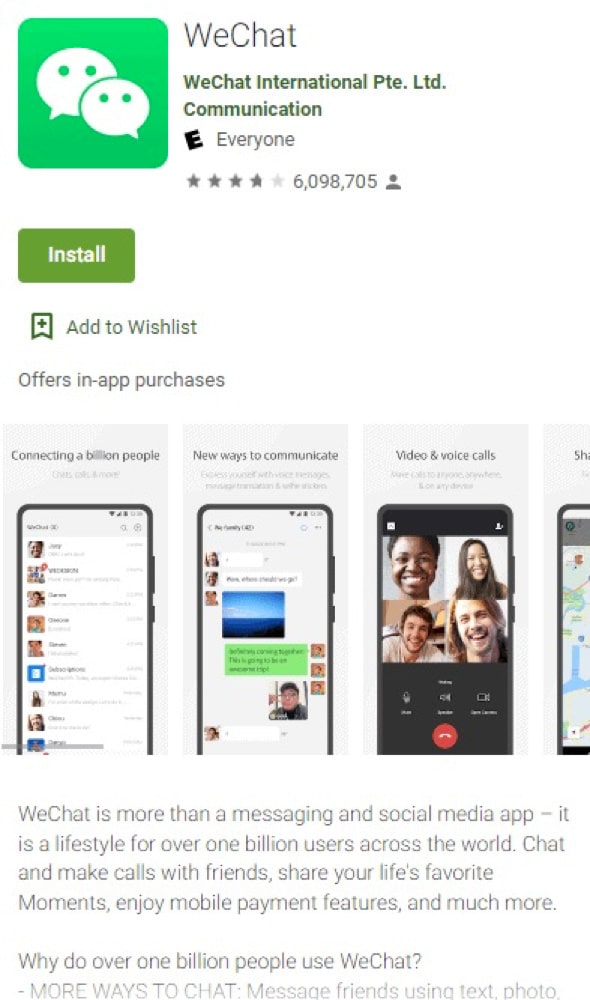
Like most other mobile apps, you can search for the keyword “WeChat” in Google Play or Apple Store, find the app, and install it.
There are 3 versions of the app that support:
- Windows
- Apple
- Android
If you can’t find it, then you can download it from the official WeChat website.
Step 2. Sign up for an account

Once you have successfully installed the app on your device, go ahead and enter your details, i.e. your name and phone number. Once you have finished the setup on your phone, you can try to sign in to your account on the desktop app.
Step 3. Security verification
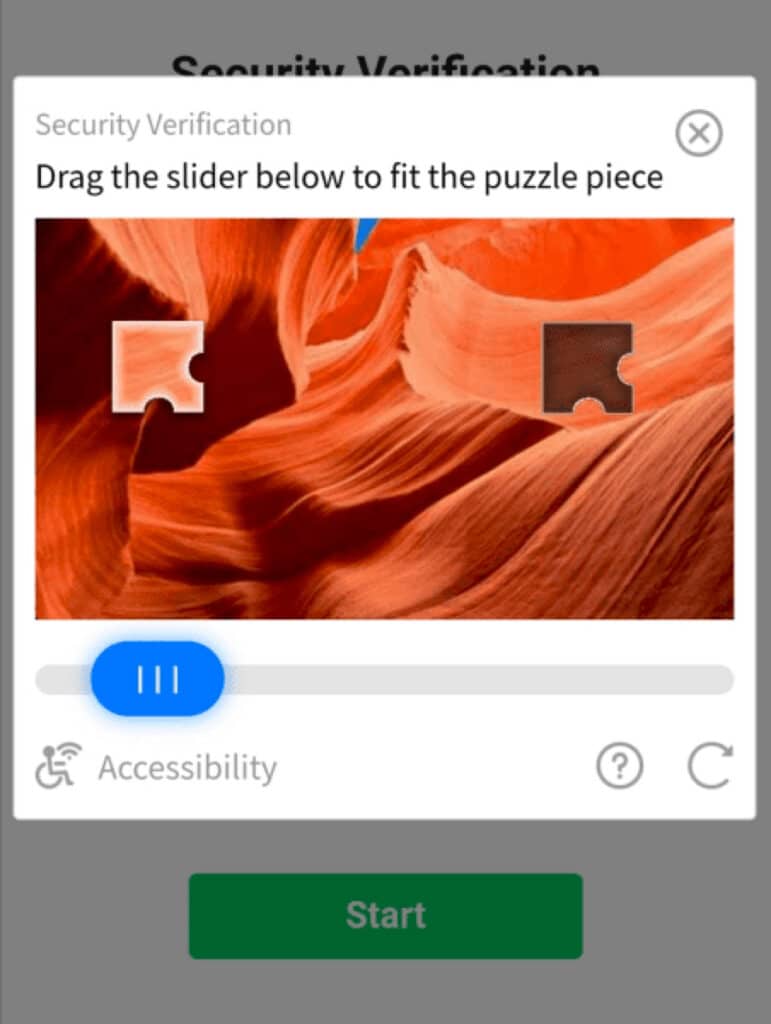
To avoid malicious registration by bots, you must pass security verification.
As a security verification protocol, WeChat may send notifications instructing you to contact friends who meet the following criteria:
- A user from China more than 6 months old or an international user who has registered on the app within the past 1 month.
- A user who has not filled out a “Help a Friend Register” for someone else.
- A user who has not been blocked in the past month.
- A user who has activated WeChat Pay in China!
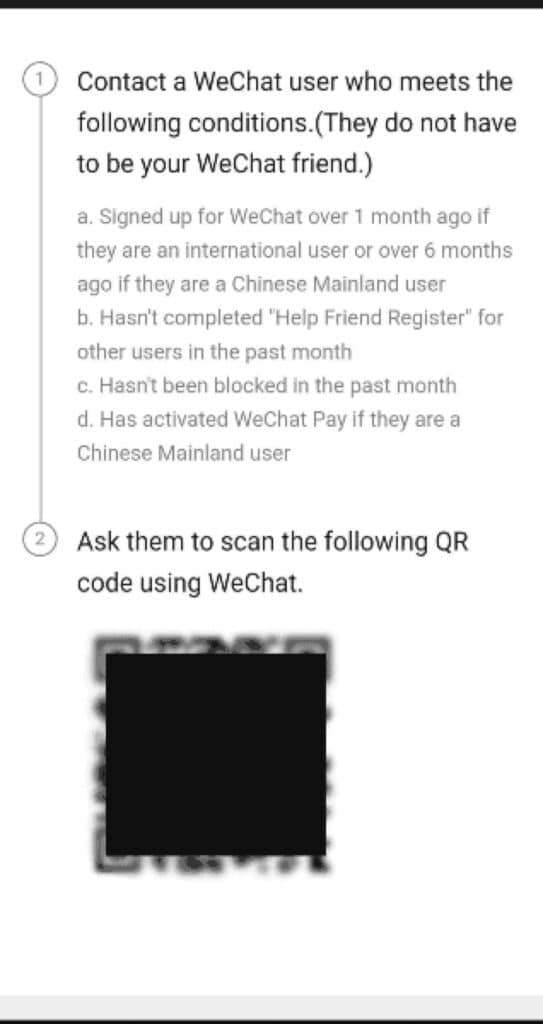
When such a section pops up, you should ask them to scan the QR code displayed on the screen immediately, as it expires in 10 minutes. After this stage, you will be directed to the registration page.
Please note that only friends who meet the above criteria can use the QR code scanning method to help you register. Only after the verification passes, then you can start using WeChat normally to add friends and chat.
Step 4. Adding contacts
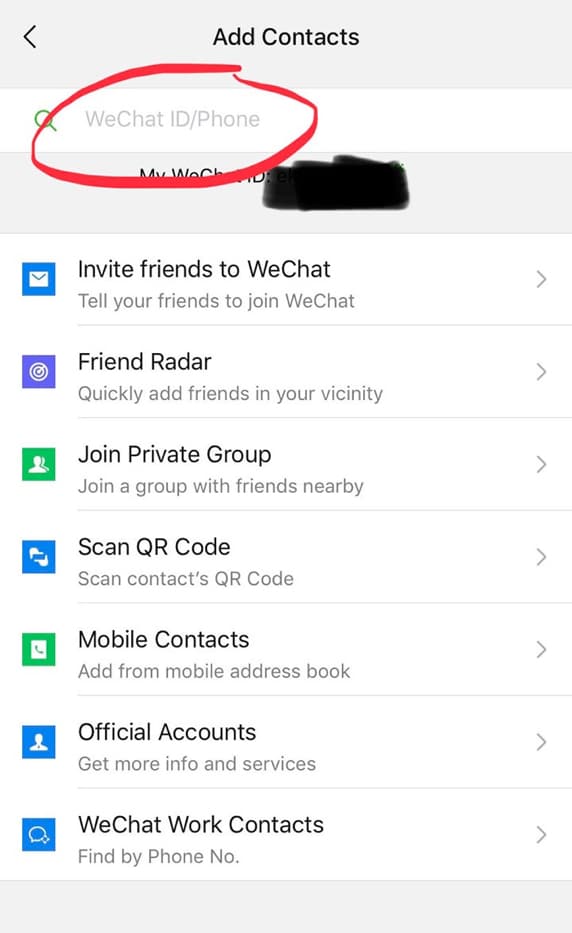
Find the “Contacts” menu, then click “Add Contact”.
Here are 5 ways to add a new contact in the “Add Contact” menu:
- Friend Radar
- Join a private group
- Scan QR code
- Cell phone number
- WeChat account
If you have friends in your mobile contacts who also use WeChat, you can click on “Mobile Contacts” and it will show you all the contacts who are using WeChat.
Edit and send your friend request, and wait for confirmation to go through before you can chat.
Step 5. Stat to chat
After the other party confirms your friend request, you can chat with any of them.
Why WeChat Become More Popular in the World?

While email is still the preferred communication tool in the West, Chinese professionals largely prefer online chat as their preferred method.
This is because of the lack of desktop computers at the time of email’s advent, and China has never fully adopted the customary Western practice of checking email.
Another reason is that the tone of WeChat is more casual than email or phone calls. For non-native speakers of English as a second language, writing or emailing in English can be stressful and intimidating.
That’s not to say you shouldn’t continue to rely on email or phone calls for more formal communication, such as negotiating contracts. However, WeChat can be used very well to check on the progress of your suppliers unofficially.
You are more likely to reach a supplier via WeChat than email, no matter where they are, such as on a train, in a taxi, or the office.
Benefits of Using WeChat to Contact Chinese Suppliers
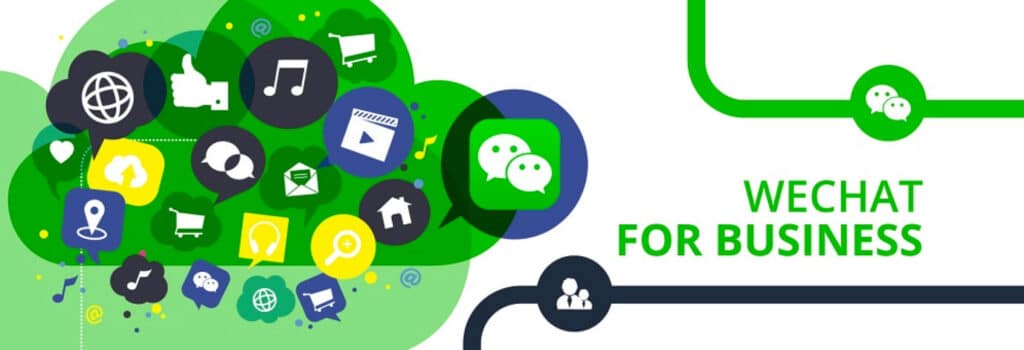
WeChat has a built-in translation feature. If language is a major issue, both you and your supplier can talk in your native language and simply translate each other’s responses. You can also use the platform to make free voice and video calls to avoid expensive international phone bills.
You can use WeChat to contact your Chinese suppliers. The communication process includes the following:
- Chat with the supplier and send your questions to get quick answers
- Monitoring the order production progress at the factory
- Make voice calls to suppliers without additional fees
- Make a free video call to show the supplier any faults you find or to describe changes you need to make to the product
- Share photos or videos
- Transfer feature to send money directly to purchase samples
- Build relationships with suppliers beyond “work”
With the above in mind, it means your Chinese supplier is definitely using WeChat and most likely using it 24/7.
Why Should I Use WeChat to Contact Chinese Suppliers?
Reason 1. Instant reply
Usually, most of our communication with Chinese suppliers is done via email. However, it may take hours or a day for your email to be answered due to the time difference.
Everyone knows that the first problem that can arise when dealing with Chinese suppliers is the language barrier. But the language barrier didn’t refer to the language itself, it refers to mutual understanding.
Instead, using a chat software like WeChat to communicate with your suppliers will allow you to have an instant response to any questions you need to be clarified or resolved.
Reason 2. Simplicity and convenience
Unlike most Chinese websites and apps, WeChat has a simple and clean interface. Once you get it set up, it’s super easy to use.
In addition to chatting, you can also send photos and videos to your suppliers. If there’s a problem with a product, just take a quick picture with the phone and send it to your supplier. Within seconds, they can see it and get back to you.
Obviously, this doesn’t mean they will fix the problem immediately, but at least the information has been communicated to them and is in their hands.
Reason 3. Widely and popularly available
It is much easier to follow up through WeChat than through email because many Chinese people live on WeChat. Since their social circles of family, friends, and acquaintances are on WeChat, WeChat is always on their minds.
If you deal with Chinese suppliers, it is recommended that you use WeChat, which is not only easy and fast but also efficient and secure.
How to Use WeChat to Contact Chinese Suppliers?
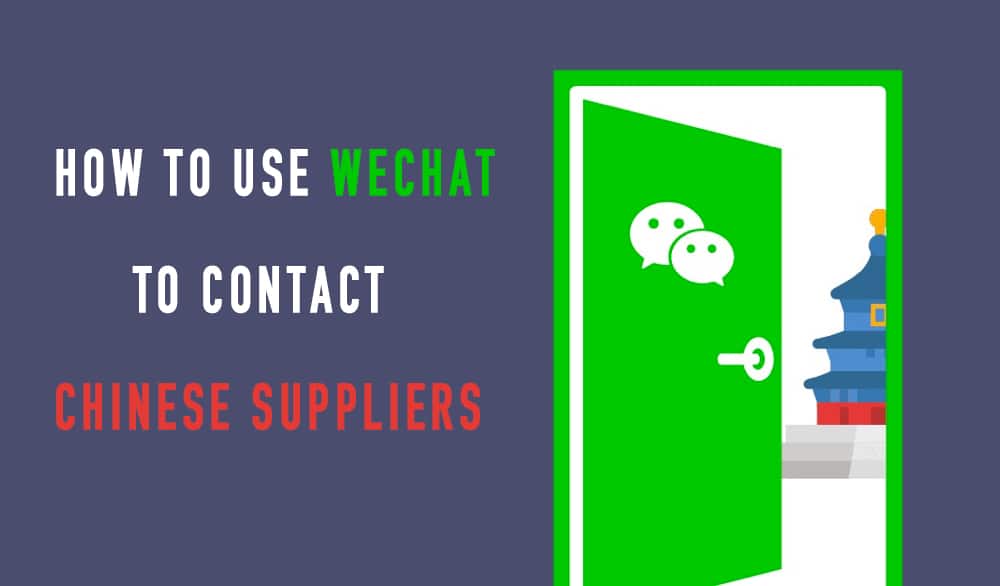
When you have successfully added a Chinese supplier as a WeChat friend, you can do the following:
1. Chat one-on-one
Chat directly with your suppliers for Q&A, share images, PDFs, etc.
2. Group chat
Chat with multiple people at once. For example, you can invite your team members, third-party inspectors, or freight forwarders to join and solve problems quickly together.
3. Share files
Makes it easy to share PDFs, videos, images, and more.
4. Free calls
You can make free international calls through WeChat, just where there is a data network or wireless coverage.
5. Video calls
If you want to know what kind of person you are working with, you can know him/her via video call.
9 Tips for Contacting Chinese suppliers

There is no doubt that China is considered the world’s factory, as it produces consumer products for the global economy. If improving communication with Chinese suppliers could be an issue you are aware of.
Below, we have prepared 9 tips to help you contact Chinese suppliers:
1. Keep your emails engaged and relevant
If you have shortlisted potential Chinese manufacturers or factories and want to find out the best way to communicate with them. We recommend that you use a short email with the right amount of visuals to get your message across.
You may think your Chinese supplier’s English is good. But it is likely that they often copy your emails directly into an online translator to understand the meaning in their native language.
2. Pictures and measurements are great visual aids
When you do need to cover more complex topics via email, visual aids that include pictures and measurements are a great way to break through the language barrier.
For example, including a picture of the sample product you received, clearly indicating which part of it needs to be produced to different specifications, is much easier for suppliers to understand than a large block of text.
Before sending, consider how you can simplify your email with a picture or diagram.
3. Follow up with your suppliers by phone when appropriate

If email correspondence has stalled or you feel there is a breakdown in communication between you and your suppliers, don’t hesitate to pick up the phone and make a call.
A phone call is a quick way to improve communication with your suppliers. Reviewing details over the phone can also help you avoid misunderstandings and gauge whether your supplier truly understands your message.
If you doubt your supplier’s ability to understand, simplify your message, just as you would explain it to your grandmother. Taking your time and using simpler terms will go a long way toward ensuring that your expectations are clear.
4. Ask about other preferred methods of communication, such as WeChat
If you have never come to China, you may not be familiar with WeChat, a social messaging application. WeChat is one of the most popular social messaging apps in China, and 83% of WeChat users said they use WeChat for business communication.
While email is almost always a viable option, ask your vendors if they prefer WeChat, WhatsApp, or any other messaging service. Your manufacturers may appreciate your willingness to use their preferred communication platform, which may improve communication.
5. Respect hierarchy
Like most Asian cultures, China is a high-context culture, which means that communication is indirect and requires a deep understanding of the cultural context to interpret what others are saying correctly.
The Chinese adhere to a hierarchy and are more polite to their elders and higher-ranking people. If you have a problem, try to find a solution through your contact first before asking to speak with a superior.
6. Communicate with fewer people and reduce the chances of misunderstanding

Many of us grew up knowing that a message would create confusion among multiple recipients when we played the “telephone game” as children. This concept is also true in adulthood and becomes even more problematic when dealing with language barriers.
The longer the communication string, the more likely it is that important details will be lost in translation. Reduce unnecessary communication within your organization, and if possible, establish a relationship with a specific contact on your vendor’s side.
7. Develop a quality control checklist before production begins
Once you have moved past the RFQ stage and into the pre-production stage, express your expectations with a quality control checklist. Doing this before production begins will allow your suppliers to ask questions or raise concerns to ensure everyone is on the same page.
You can create this quality control checklist yourself or seek the help of a third-party inspection company. Either way, get feedback from your suppliers to ensure that you have a common understanding of their quality control methods and your quality control requirements.
8. Share product inspection results with your suppliers
Whether performed by you or by a professional third party on your behalf, an external inspection can point out problems and help your suppliers improve.
But without giving your suppliers feedback between inspections, how can you expect to improve from one inspection or shipment to the next?
Updating your specifications or checklist and sending a copy of the inspection report to your supplier can help reinforce your requirements and the types of issues that prompted you to withhold the shipment.
Providing specific feedback after the inspection also helps your supplier “buy in” to the inspection as a useful process for continuous improvement.
9. Hire a sourcing company to do the communication work for you
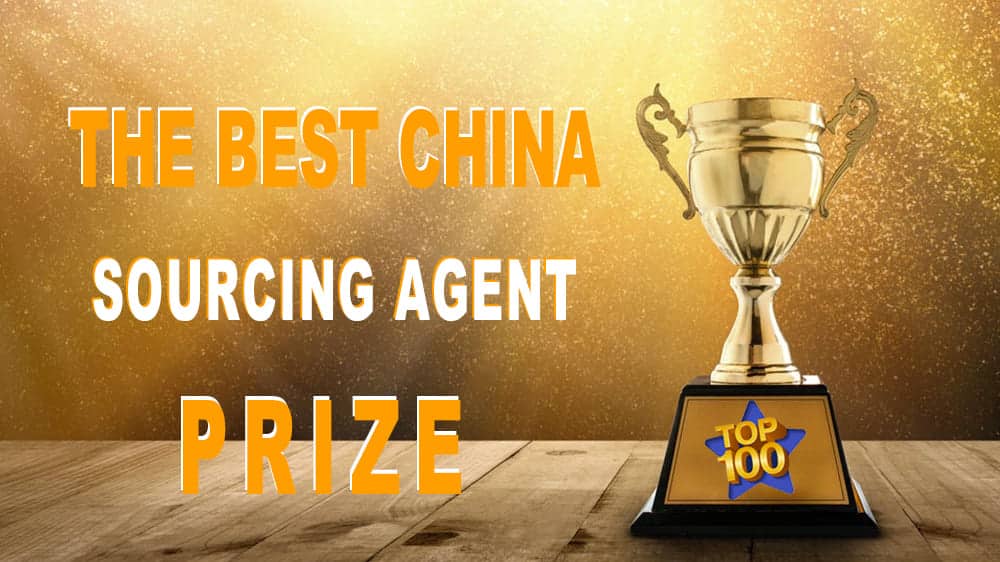
If communicate with your suppliers becomes too time-consuming or difficult, take advantage of the presence of a third-party sourcing company in China.
Many companies in China speak fluent English and Chinese, and they are designed to solve all the communication problems that can arise when communicating overseas.
Whether you are a startup or a fully-fledged business, hiring a sourcing company will allow you not to have to worry about how to contact potential Chinese factories or manufacturers.
This is because your sourcing agent will handle the entire product sourcing process in exchange for a small service fee.
A good sourcing agent will do the entire communication process for you. They will act as your representative, drive your order and communicate your requirements to the Chinese factory.
You may learn more on our blog about China sourcing agent for details below:
Complete List 2022: Top 100 Best Sourcing Agent in China
How to Contact Chinese Suppliers FAQ
1. How Do I Contact My Chinese Suppliers?
After choosing a wholesaler or manufacturer and working with them, you need to use the proper methods to communicate with them. Methods of communication include phone calls, emails, faxes, and letters.
2. Should I get a phone number or an email address?
Calling or emailing the supplier is fine as long as the contact information is correct. You can also use an agent to help you find the right supplier for your business.
3. What is the best way to contact Chinese suppliers?
Generally, Chinese suppliers will provide all the contact information so that you can reach them. You only need to choose 1~2 ways. WeChat is the common communication software they use.
4. What are the disadvantages of WeChat?
WeChat makes it hard for you to keep your message history. If you lose your phone or WeChat ID, it won’t be easy to recover your account and retrieve your message history.
5. How can I prepare myself before contacting a Chinese supplier?
The best way is to think about your business problem and then make a list of questions that will help you get the information you need to make an informed decision.
6. Are there any rules or regulations that I need to follow?
There are no laws to follow when you contact a Chinese supplier precisely. You don’t need to be certified, you don’t need to join any organization, and you certainly don’t need to bring gifts.
7. What information should I provide when contacting Chinese suppliers?
The most important information you should provide is what you want. You need to know what you want and express it succinctly so that the Chinese supplier understands your needs.
8. How many Chinese suppliers do we need to contact?
This depends on the product you are developing and how large your production volume is. The more suppliers you have access to, the more competitive the products and prices you can offer.
How to Contact Chinese Suppliers Conclusion
In summary, WeChat is a great way to contact Chinese suppliers. It’s free, easy to use, and breaks down many of the common communication barriers that come with doing business internationally.
Do you have any other questions about how to contact Chinese suppliers? If you think this post is helpful, share it with your friends and leave a comment to tell us your thoughts.
We are the leading sourcing company in China and are committed to helping our customers source good products from China at the most competitive prices. If you want to import from China, please feel free to contact us.
